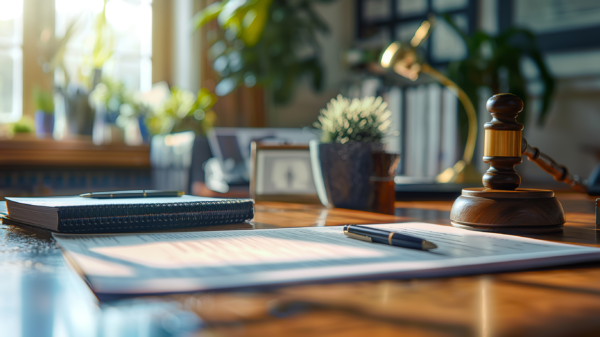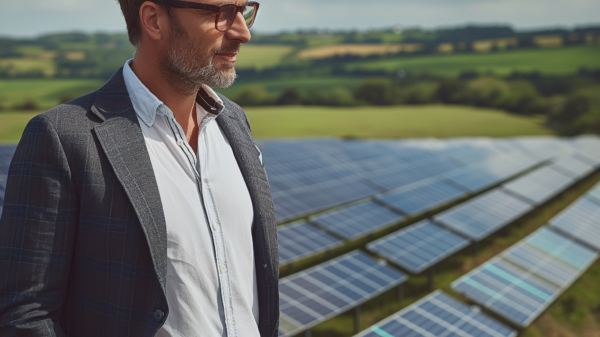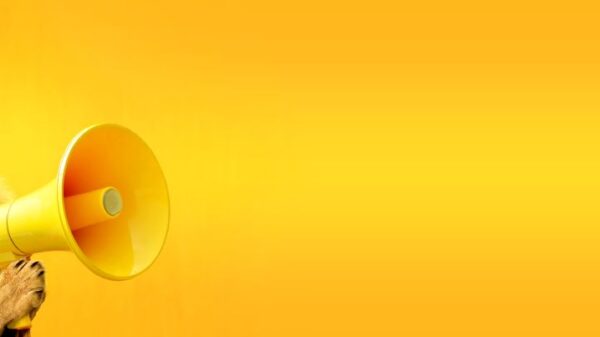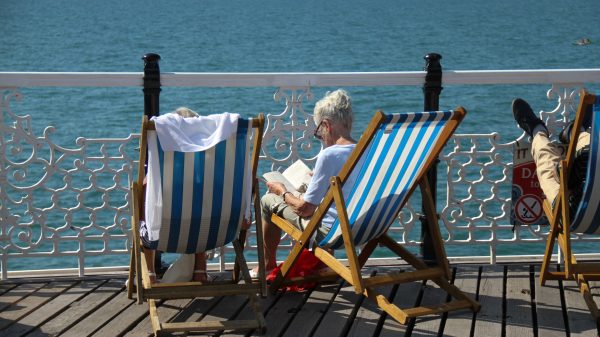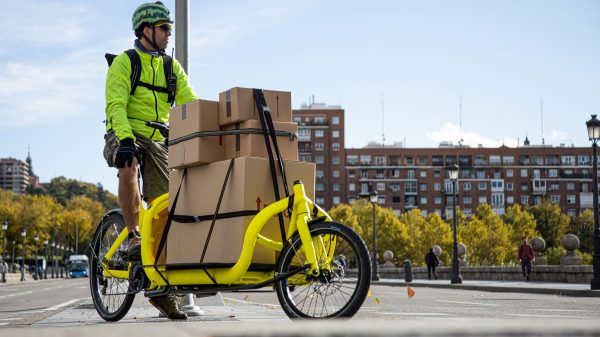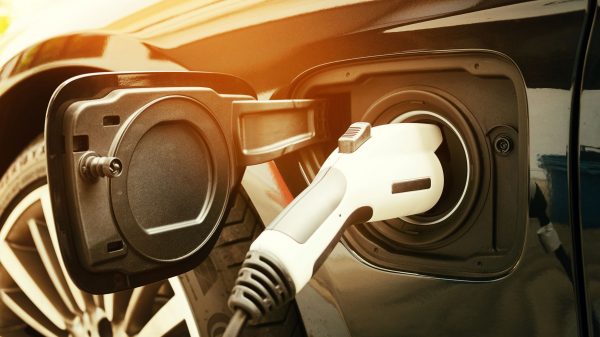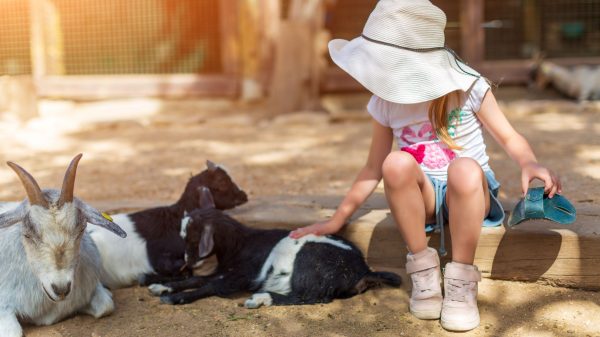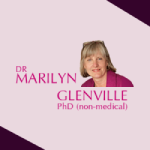Nature of Art as an Investment
Investing in art is a journey that transcends mere aesthetic appreciation, weaving into economic strategy and fiscal prudence. Art, in its essence, serves not only as a conduit for emotional and aesthetic enrichment but also as a robust vehicle for financial investment. This dual characteristic makes art a compelling choice for investors looking to add depth and diversification to their portfolios.
Traditionally, financial portfolios have leaned heavily on stocks, bonds, and real estate. However, the allure of art lies in its ability to offer something beyond traditional assets. Art brings a unique blend of cultural richness and financial gain, making it an attractive alternative investment. The value of a piece of art is not pegged solely to its visual appeal but also to its capacity to appreciate over time, providing tangible returns to its collectors.
Art and Investment Diversification

Diversification is a fundamental investment principle that reduces risk by spreading investments across various asset classes. Art, as a nontraditional asset class, offers distinct diversification benefits. Its market dynamics differ markedly from those of conventional financial instruments. For instance, the art market often demonstrates resilience during economic downturns, showing a low correlation with traditional markets. This characteristic safeguards against inflation and market volatility, making art a safe harbour during financial storms.
The resilience of the art market can be attributed to its intrinsic value and deep-seated cultural importance. Art has survived economic crises and, in many cases, thrived. Collectors and investors continue to seek art for personal satisfaction and financial security, helping stabilise this market even when others falter.
Understanding Market Dynamics
The art market is characterised by its subjectivity and the significant cultural influence it bears. Unlike stocks or commodities, the value of art is not determined by clear-cut metrics or predictable economic indicators. Instead, it is heavily influenced by cultural trends, personal preferences, and artists’ reputational stature.
Art market transactions are notably vibrant in global cultural hubs such as the United States, United Kingdom, and China. These regions host many art fairs, auctions, and galleries that drive the global art trade. Pain paintings often dominate these markets, drawing significant interest from seasoned collectors and new investors.
Strategic Investment in Art
Investing in art requires a calculated approach, blending passion with prudence. Experts often recommend allocating 10-20% of an investor’s portfolio to art. This recommendation is designed to balance the intrinsic enjoyment of art with its potential financial benefits. Such a strategy requires thorough research and planning, focusing on various genres, historical performance data, and artists’ movements within the market.
Diversifying different styles and genres is crucial to mitigate risks associated with art investment. Including works from both established and emerging artists can protect against market fluctuations and potential downturns. Additionally, utilising art funds or Exchange-Traded Funds (ETFs) that focus on art can provide investors with an opportunity to invest in a diversified portfolio of art pieces, minimising the risk while maximising potential returns.
Determining the Value of Art

Several factors influence the valuation of art. Scarcity and artist recognition are prime determinants of an artwork’s value. Limited edition pieces or works by well-recognised artists often fetch higher prices due to their perceived rarity and the prestige of owning them. Furthermore, art’s potential for long-term appreciation is a significant draw for investors. Historically, art has shown the ability to outperform traditional benchmarks such as the S&P 500, making it an attractive long-term investment.
Practical Considerations for Art Investors
Investing in art also involves several practical considerations. The logistics of acquiring art, such as provenance verification and strategic buying decisions, are critical to ensuring the authenticity and potential appreciation of the investment. Furthermore, potential investors must consider the liquidity of art as an asset class and the complex tax implications associated with art investment.
Harnessing Technological Innovations
Technological advancements have transformed the landscape of art investment, significantly broadening access and management tools available to investors. Digital platforms now facilitate online auctions and virtual galleries, allowing global access to the art market without physically attending galleries or auctions. This digital accessibility has democratised art investment, enabling seasoned collectors and novices to explore and acquire art from anywhere in the world.
Fractional ownership is another innovation reshaping the art investment sphere. This approach allows multiple investors to own shares in a piece of art, making high-value artworks accessible to those with smaller budgets. It reduces the barrier to entry for new investors, allowing them to partake in the ownership of potentially lucrative artworks that were previously beyond their financial reach.
Art management tools have also evolved, with platforms like Kubera enabling investors to track the value of their art portfolios in real time. These tools help assess performance against market benchmarks and make informed decisions based on up-to-date valuations and market trends. Such technological advancements are crucial for maintaining transparency and efficiency in art investment.
Cultural and Legacy Aspects
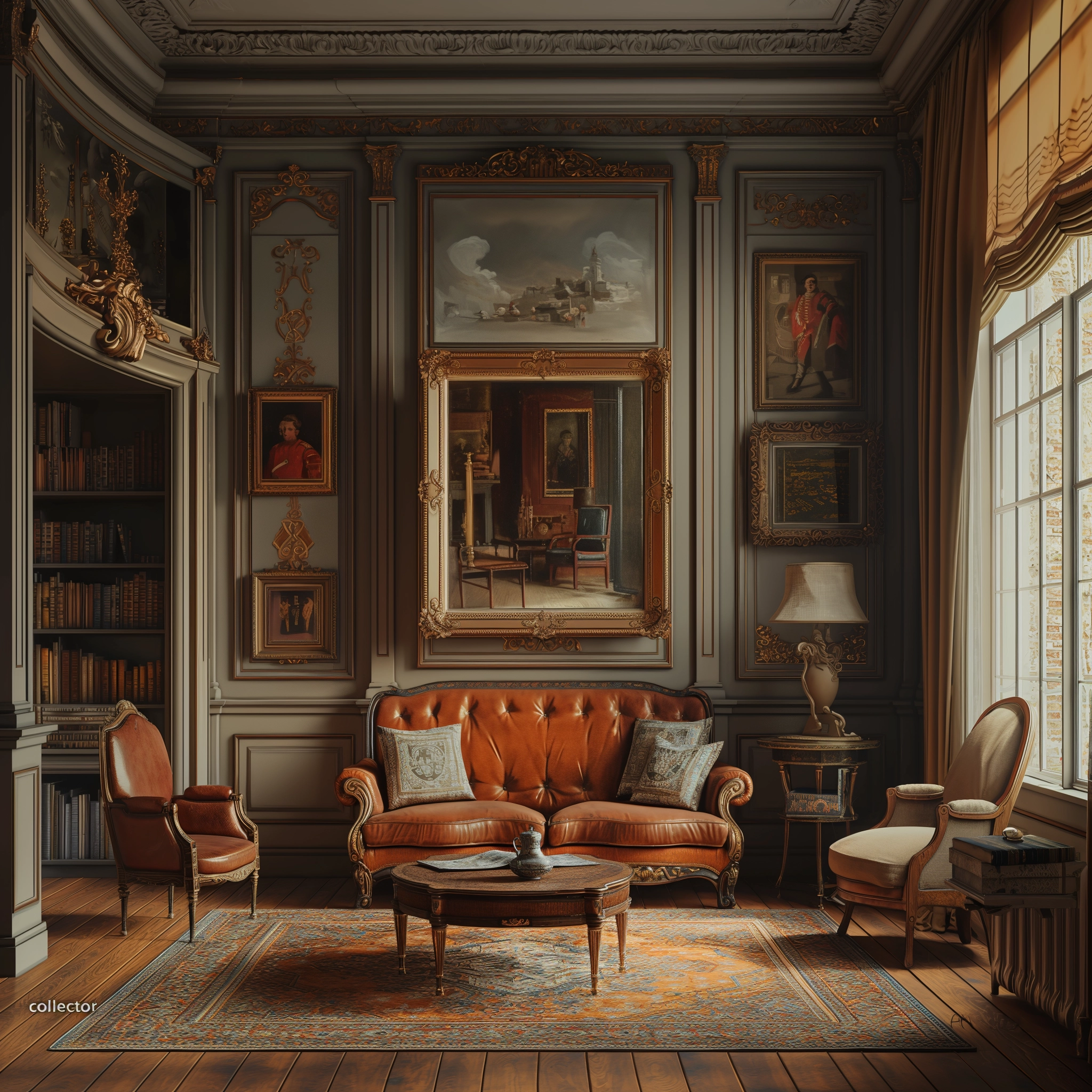
Investing in art is not just a financial decision; it’s also a cultural and philanthropic one. Art serves as a cultural capital that contributes to personal and community identity. It enriches lives, sparks conversations, and connects societies across eras and geographies. Many investors are drawn to art for the potential financial returns and the opportunity to contribute to the cultural heritage and support the arts sector.
Moreover, art investment carries significant legacy implications. Many collectors consider their collections part of a long-term legacy, potentially earmarking significant pieces for museum donations or establishing personal collections that the public or future generations can enjoy. This aspect of art investment highlights its role in philanthropy and community development, as collectors can influence and preserve cultural history through their investment choices.
Liquidity and Taxes
Despite its many attractions, art investment presents specific challenges that must be carefully managed. One of the primary concerns for investors is the liquidity of art as an asset. Unlike stocks or bonds, art cannot be sold quickly without potentially sacrificing value. The selling process can be lengthy and complex, often requiring timing and market conditions to maximise returns.
Tax considerations are another critical aspect of art investment. The complexities of investment tax planning, including capital gains tax, inheritance tax, and other related expenses, must be navigated with expertise. Investors need to be well-informed or seek professional advice to optimise tax impacts associated with buying, holding, and selling art.
Concluding Thoughts
In summary, art investment offers a rich tapestry of financial gain, cultural enrichment, and legacy building opportunities. By understanding the market dynamics, leveraging technological innovations, and addressing the practical considerations of liquidity and tax planning, investors can strategically incorporate art into their investment portfolios, achieving diversification and resilience against economic fluctuations. This unique combination of benefits underscores why art remains a smart addition to any investment strategy, appealing to a broad spectrum of investors from around the globe.

